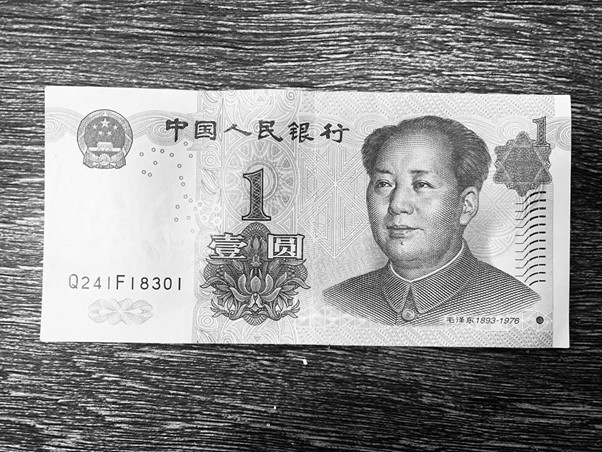Are you the Only Child?
It is said that every action costs consequences. The advancement of technology, science, and medicine and several societal issues had copious countries suffer from an elderly population. China- the country with the “largest population in the world, with more than 1.4 billion people” – is also subjected to the issue of the elderly population (O’Neill). The country’s government has changed and released an altered policy departing from the primitive one-child policy to address this problem.
Starting with China’s one-child policy, it was initiated in the late 1970s by the government. This policy aimed to stagnate the country’s rapidly growing population and ultimately save up the resources. Any family who disobeyed it was subjected to a fine or any disciplinary action. Abortion rates rose dramatically during the period of the one-child policy implication, and the sex ratio between newborn children continued to move away from each other. Families frequently made choices to abort daughters and keep sons who would receive and give their family names to the descendants. Later, the Chinese officials put an end to this policy in 2015 (Pletcher).
In 2016, China announced a new policy that enabled families to have two children, and this changed again recently. The most recent change to the child policy was made in 2021 (McDonnell). The government officials alleviated the limit by introducing a three-child policy to deal with the elderly population and raise birth rates in China. While the government keeps trying to alleviate and widen the limit, it seems critical to realize and quickly make other plans to confront the fundamental and substantive causes for the elderly population and declining birth rates. The main reason behind this trend can be found in China’s living and educational expenses, along with several other rationales. According to the Washington Post, “many Chinese parents would prefer to channel all of their resources into just one child” (Fifield). In the interview conducted there, a mother responded to her husband’s wish for more children with the statement that he does not earn enough. With education being highly competitive in China, “Chinese parents spend up to the US $43,500 a year on after-school classes for their children” (Chen). Therefore, Chinese families live with one child despite the government’s effort to encourage the citizens to have multiple children.
Despite the deviations from the earliest Chinese policy regarding the number of children, the existing problem with elderly society and stagnating birth rates stay the same. Quick address to the inherent causes for such issues mentioned previously seems highly decisive.
By: Jiyoon Ryu


